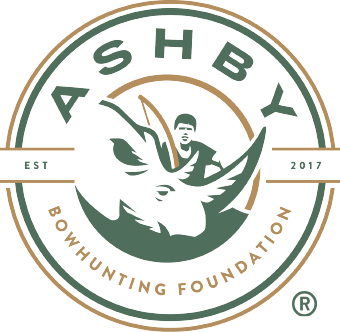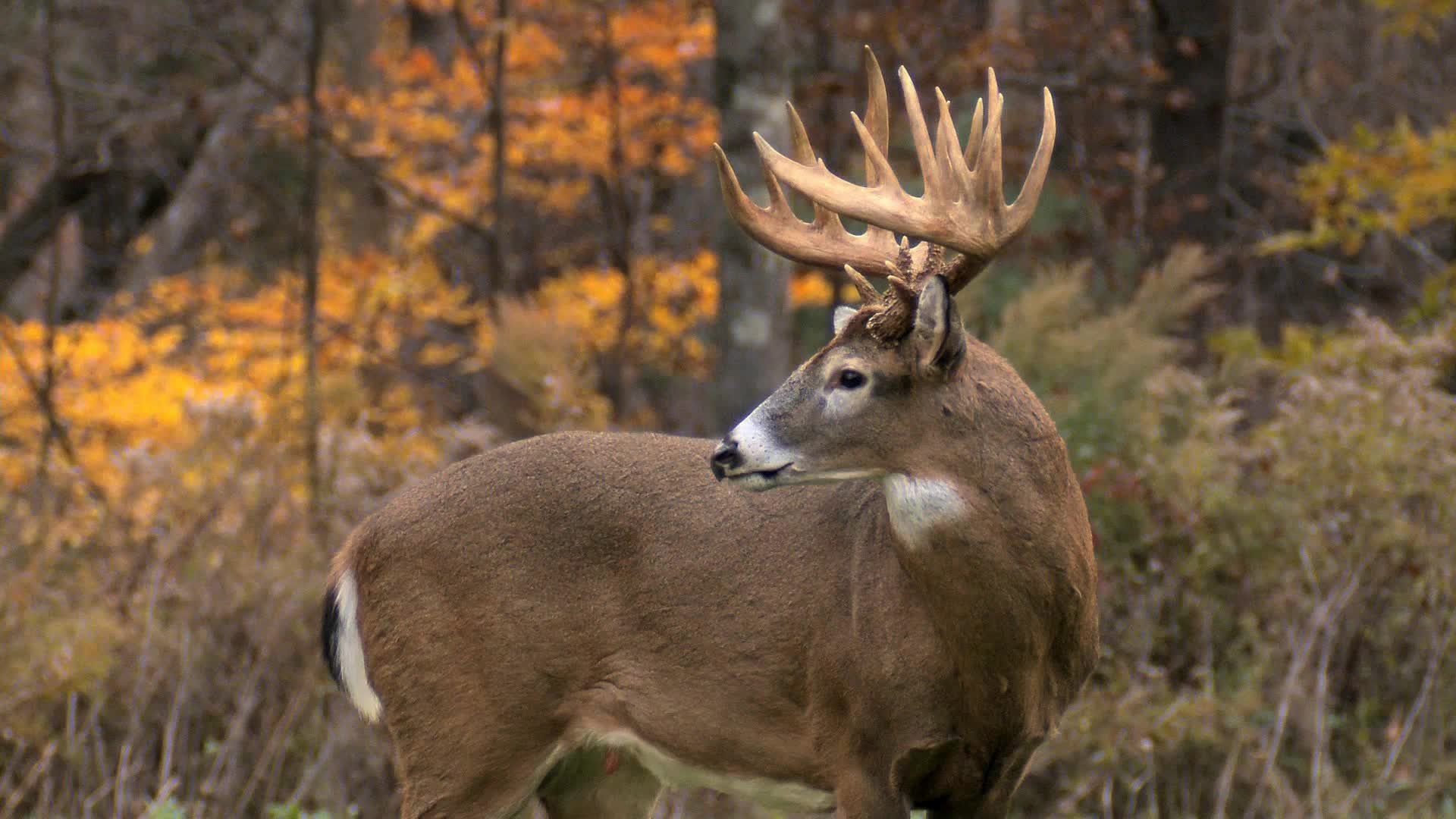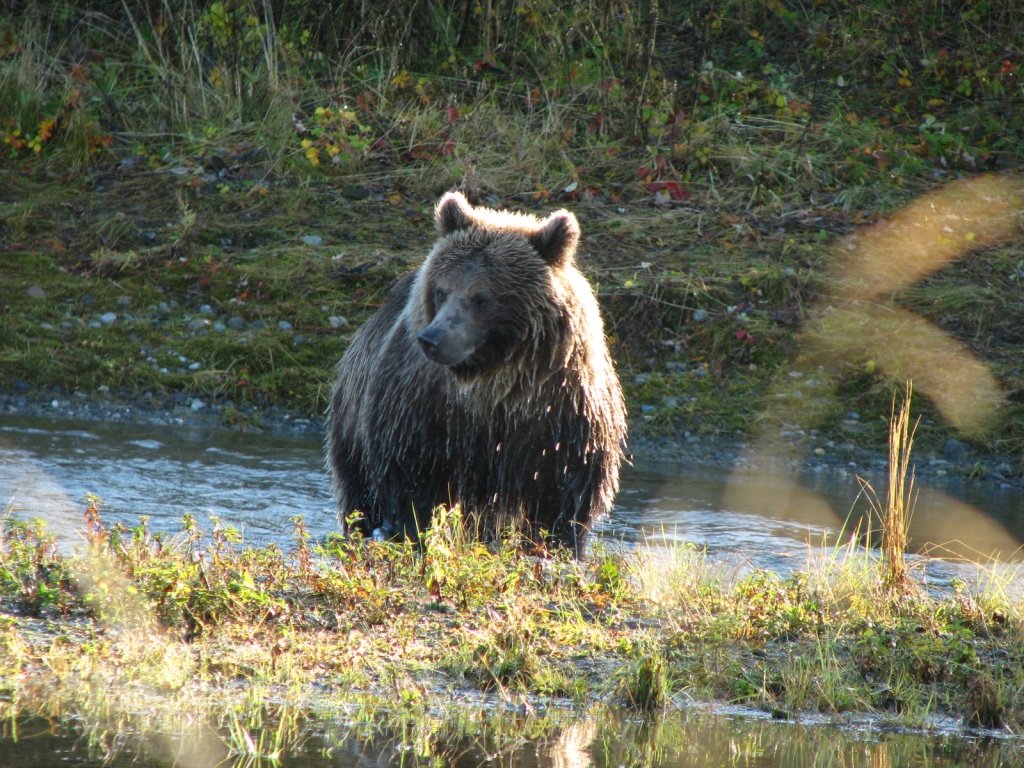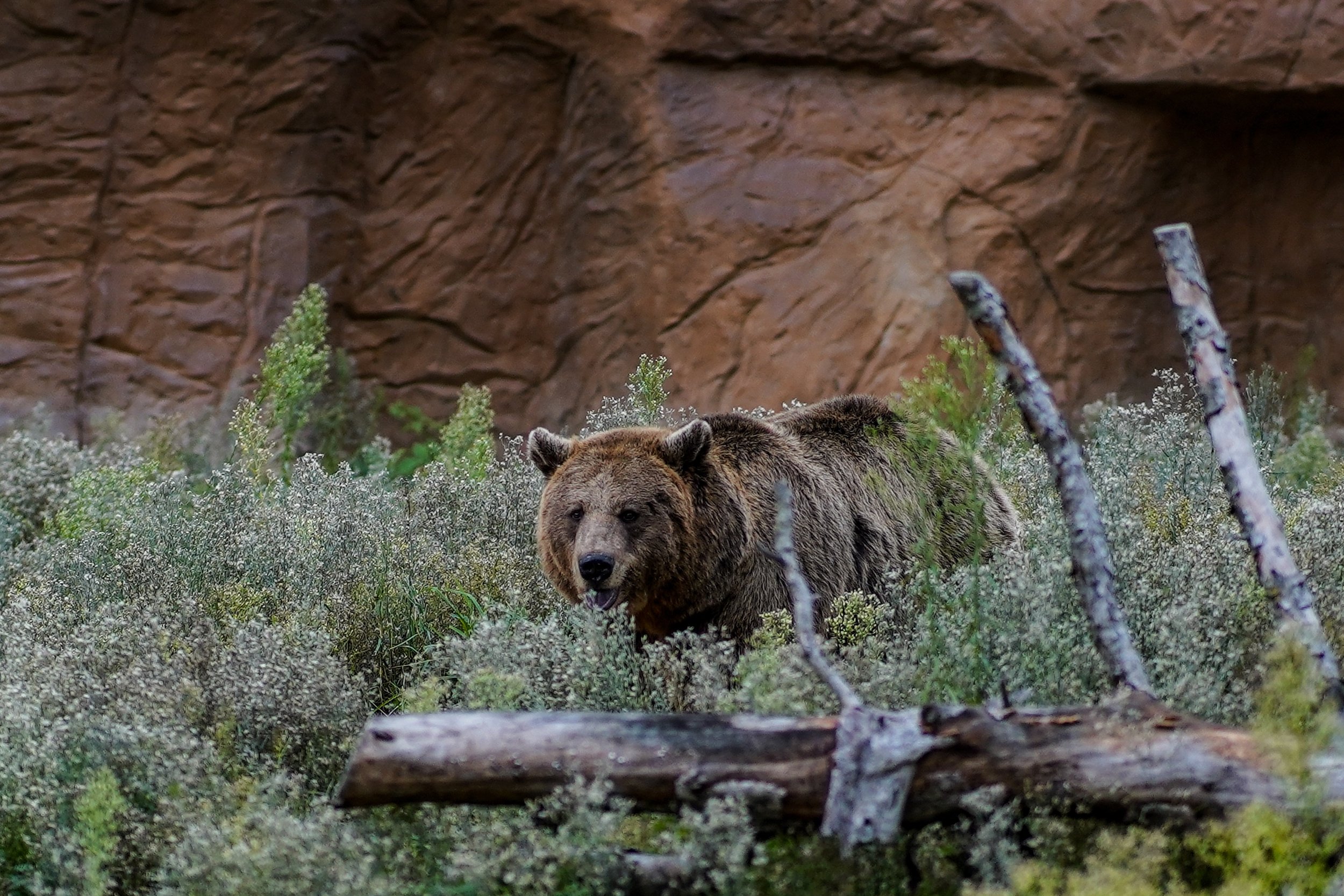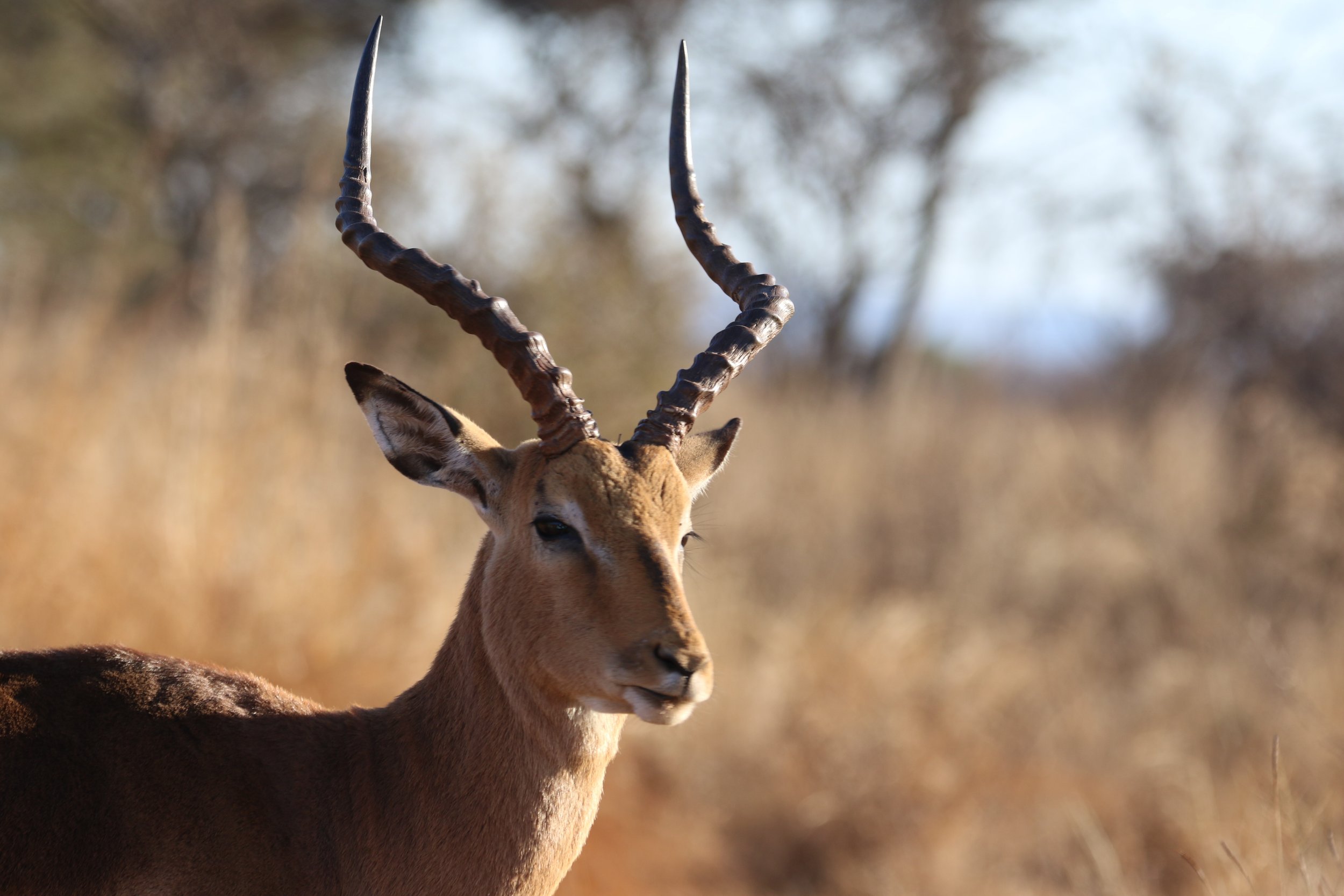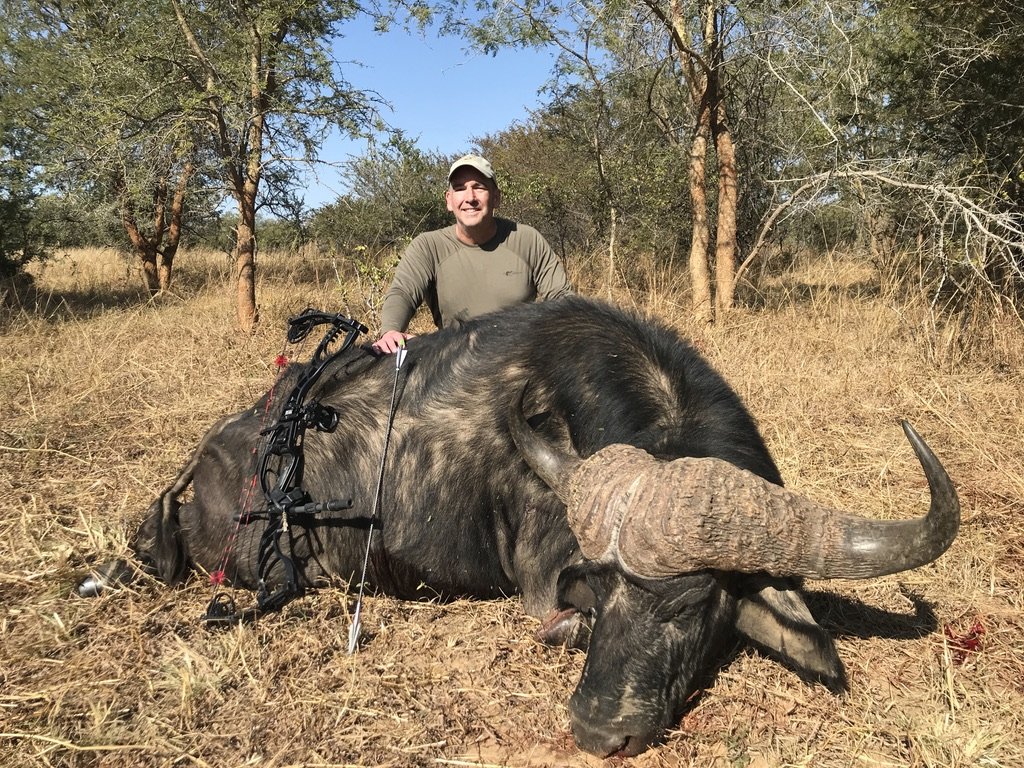Female mountain lion navigating the base of a rocky hillside, headed to get water. (wildnaturemedia.com)
Current News
Ashby Bowhunting Foundation Newsletter
May 2024
President’s Message
Rob Neilson with a nilgai cow
We are pleased to announce Bob Barnette is stepping in to assist us as a volunteer Director for Ashby Bowhunting Foundation. Bob is a life-long hunter, has previously served as President of the Texans Archery Club in Dallas and Lone Star Bowhunters Association, a Bowhunter Education Instructor and works with Texas Wildlife Association. Bob is the reason Ashby Bowhunting Foundation works with Texas Wildlife Association today. We are excited to have Bob assisting this organization.
We had our fundraiser hog hunt in April, and unfortunately Mother Nature threw us a curve ball with wind and rainy weather. Mr. Chris Melton and Mr. Ryan Miller came down to Texas and while Mother Nature didn’t cooperate, we did have a great in-person visit with Doc. Chris and Ryan hve been given the opportunity to come back to Texas to hunt…anytime.
Final preparations are underway for some additional testing, a new product not on the market, a product with improvements, and a mechanical are in the lineup. Purpose of this testing will be to gather information on a new steel, compare information with the improved head vs the older head to determine if an improvement was truly made, and to gather more data on a mechanical that could be the second mechanical head tested to survive the structural integrity portion of our testing. Stay tuned, but be patient as I still have 2023 information to write up when I get some spare time. (Reminder we are all volunteers.)
Good hunting and as always, have a nice day.
Rob Neilson
Donations
The Ashby Bowhunting Foundation is a 501 (c) (3) education and research organization. 100% of your donation will go to the Missions of Ashby Bowhunting Foundation. No salaries are paid by the Foundation. We realize there are many worthwhile organizations out there, and greatly appreciate your consideration and support.
Newsletter Tip
We have noticed a lot of activity on our webpage with people using the calculator to determine their arrow speed. Just a reminder that regardless of the speed you may be able to achieve, if you build an inefficient arrow you will likely get inefficient results in the field.
Events
Testing Season
Hunting Season
From the Field - The Value of Keystone Species
This mountain spring is a magnet for deer, elk moose and black bears. They forage on the green grass and forbs all summer. And yet, it is never overgrazed because mountain lions, a keystone species, keeps those animals on the move.
“Conservation is a state of harmony between men and land.” Aldo Leopold
I was bowhunting for elk in the Never Summer Wilderness of Colorado. Walking slowly into the cold air draining down the ridge and making my way up to timberline where I’d have lunch and determine where I’d hunt next. Breakfast that day was nothing more than a cup of coffee as the bugling bulls had my full attention. I was ready for a decent lunch by 12:30 pm and stopped where the finger ridge butted up against the flank of the mountain at 11,000 feet.
I set my pack down and leaned my recurve against a nearby tree. After eating I realized I’d better take a short nap as I could hardly keep my eyes open, exhausted by a major windstorm the night before. I laid down on a mix of grass and moss, right next to a perfect circle of dry mud where water had been sitting recently. It took me about three minutes to fall asleep, laying on my side with my head on my left arm. I’m guessing twenty minutes later, unbeknownst to me, a male mountain lion saw me lying there in my camo clothes, looking like a camo blob, completely out of place. He came up to my backside, swung his head over my high shoulder and pushed on my right cheek (face) with his muzzle. I bolted upright, with lion slobber on my face, and saw a flash of something run off behind me. I looked down and saw a four inch mountain lion track, with claws extending into the wet mud. It took a few seconds to register that I’d been facebumped by a mountain lion, and a decent sized male at that. And I survived it without a scratch. Damn lucky.
I jumped up, grabbed my recurve and pack, and walked over to see if I could see anything down in Porcupine Creek. Nothing. I circled back to the east to look down into Silver Creek. Nothing, other than some mule deer. As I walked down the ridge I decided I’d lean in and spend a significant chunk of my life studying this apex predator. That was twenty years ago. Since then I’ve spent time in active mountain lion country, three times a week, 52 weeks a year. This focus on mountain lions resulted in learning about a host of species, including deer, elk, black bear, bobcat, red and grey fox, numerous bird species and more.
“When we try to pick out anything by itself, we find it hitched to everything else in the universe.” John Muir
Same mountain spring. A mule deer doe and fawn taking advantage of the green grass and forbs.
During this time, I’ve learned the value of mountain lions as a keystone species. A keystone species has an outsized, positive impact on the ecosystems they inhabit. The best habitat for deer and elk that I’ve seen in northern Colorado are stretches of riparian areas where mountain lions are present. This image of a mountain lion at a favorite mountain spring is a great example of their impact. There’s nothing like this spring within a two mile radius. Like a magnet, deer, elk, moose and black bear forage on green grass and forbs all summer. And yet, it is never overgrazed because mountain lions keep those animals on the move. The deer, elk and moose density is high in this area. You can’t walk more than 50 yards without seeing ungulate scat on the ground.
I’ve been filming mountain lions and other wildlife species at this spring for a decade but I didn’t learn about the impact of keystone species until a few years ago when I watched a video about Robert Payne and his groundbreaking research on the Washington coast in the 1960s. Payne coined the term “keystone species”. He turned the field of ecology upside down. I encourage you to watch the video about Robert Payne and his research. Once I watched the video, many observations I’ve made in the field instantly came together like puzzle pieces. To maximize the health of wildlife habitat, the support of keystone species, including mountain lions, beavers and bees is worth our conservation efforts.
In the end, the quality of our elk and deer herds are going to be based on this trifecta: successful wildlife conservation, maximizing the health of wildlife habitat and effective wildlife corridors. Ensuring keystone species are thriving is a key piece of this habitat puzzle.
Celebrating the WILD in wildlife!
David Neils
Dr. Ed Ashby with a southern bushbuck
Doc’s Ramblings
Now, I recently expressed my opinion on the value, or rather the lack of value, of testing hunting arrows in targets of foam, ballistic gel, cardboard, sheet metal, concrete blocks, and other such artificial mediums and then implying the results can be used as an indicator of performance in fresh, in situ actual tissues. The proliferation of such artificial medium testing on social media sites by many “promotional hunters” grows daily.
After last month’s Ramblings, I thought our loyal followers might like something about the necessity of real-world testing that they could copy and paste, should the need arise. To that end, I emailed a simple question to the National Aeronautics and Space Administration (NASA); “Considering that today NASA has access to extensive lab testing facilities, engineering, and computer simulation, and the cost involved, why is it still considered necessary to do test flights of launch rockets?” Their reply directed me to the following (the particular emphasis added here and there is mine).
“Despite the advanced technology and sophisticated testing facilities available to NASA, test flights of launch rockets are still considered necessary for several reasons. One of the main reasons is that no matter how much testing is done in a laboratory setting, there are always unknown variables that may affect the rocket’s performance when it is actually launched. Test flights provide an opportunity to observe how the rocket performs in real-world conditions and to identify any issues that may not have been detected during laboratory testing. Additionally, test flights allow engineers to gather data on how the rocket performs during different launch stages, such as during liftoff, max-Q, and stage separation. This information can then be used to make further improvements to the design and performance of the rocket.
Finally, test flights are necessary to ensure the safety of astronauts and any payloads aboard the rocket. By conducting test flights, NASA can identify and address actual flight performance and safety hazards in a real-world environment before they threaten human life or valuable equipment. No amount of simulation and lab testing can assure actual performance. Only testing in the real-world environment can do so.” NASA and ABF agree. Enough said.
Good hunting, my friends.
Dr. Ed Ashby
